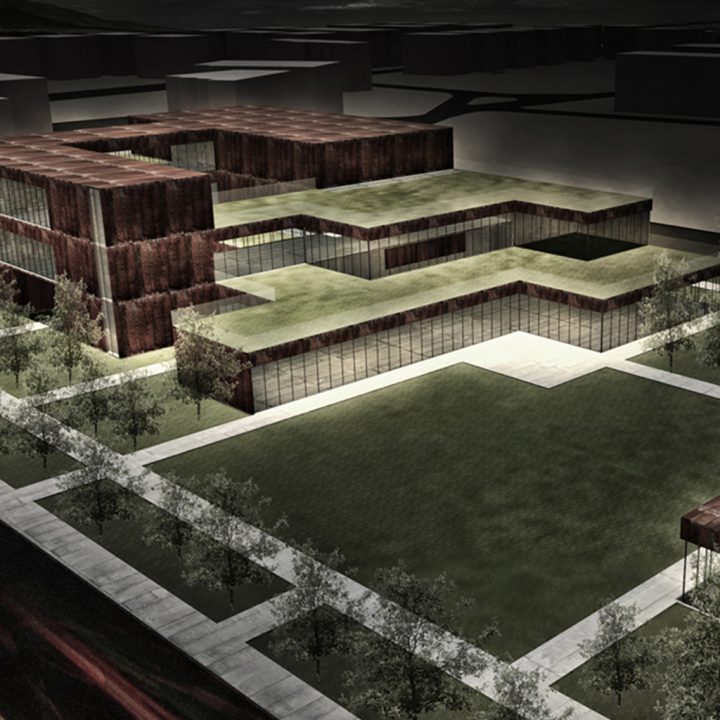Architectural competitions have long played a crucial role in pushing the boundaries of design and fostering innovation. They provide a platform for architects, designers, and students to showcase their creativity, explore new ideas, and compete for recognition. These competitions often act as catalysts for groundbreaking projects that shape the future of cities and communities.
The Role of Architectural Competitions
At their core, architectural competitions serve as a testing ground for bold concepts. They allow participants to experiment with cutting-edge technologies, materials, and sustainable design practices that might not be feasible in traditional projects. For both emerging and established architects, these contests offer exposure and the chance to break into new markets.
In many cases, architectural competitions lead to the creation of iconic buildings. The Sydney Opera House, for instance, is a prime example of a project that originated from a design competition. The selection process can be highly competitive, often involving renowned architects and firms from around the world. The winning design is typically chosen based on innovation, feasibility, sustainability, and its impact on the surrounding environment.
Types of Competitions
There are various types of architectural competitions, including open, invited, and ideas-based contests:
- Open competitions are accessible to all, regardless of experience level, encouraging a diverse range of submissions.
- Invited competitions are more exclusive, limited to a pre-selected group of architects or firms.
- Ideas-based competitions focus on conceptual design rather than practical implementation, encouraging participants to think outside the box without constraints.
Benefits for Participants
One of the key advantages of participating in architectural competitions is the opportunity for personal and professional growth. Architects and designers can gain recognition for their work, build their portfolios, and potentially secure funding or commissions for their projects. Additionally, these competitions provide valuable exposure, connecting architects with industry leaders and potential clients.
Another significant benefit is the collaborative nature of many competitions. Teams often consist of multidisciplinary professionals, such as engineers, urban planners, and sustainability experts, which encourages a holistic approach to design challenges.
The Future of Architectural Competitions
As the global architectural landscape evolves, competitions are likely to focus more on sustainable and eco-friendly designs. With the growing emphasis on climate change and resource conservation, future contests will likely prioritize green building practices, energy efficiency, and resilient urban planning.
In conclusion, architectural competitions continue to be an essential element in the development of innovative, future-proof designs. They not only inspire creativity and collaboration but also play a vital role in shaping the urban environments of tomorrow.
This article is for informational purposes only and does not constitute professional advice.


Hiç yorum yok: